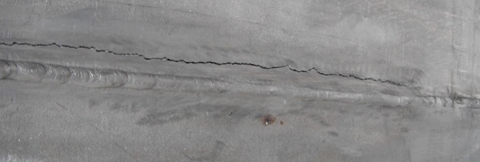Stainless steel is a quality material.
When specified correctly, it delivers structural durability, exceptional corrosion resistance and visual appeal. It is the most cost-effective solution in a wide range of applications and environments.
This is the first in a series of communications comparing possible alternative grades to 300 series stainless steels.





